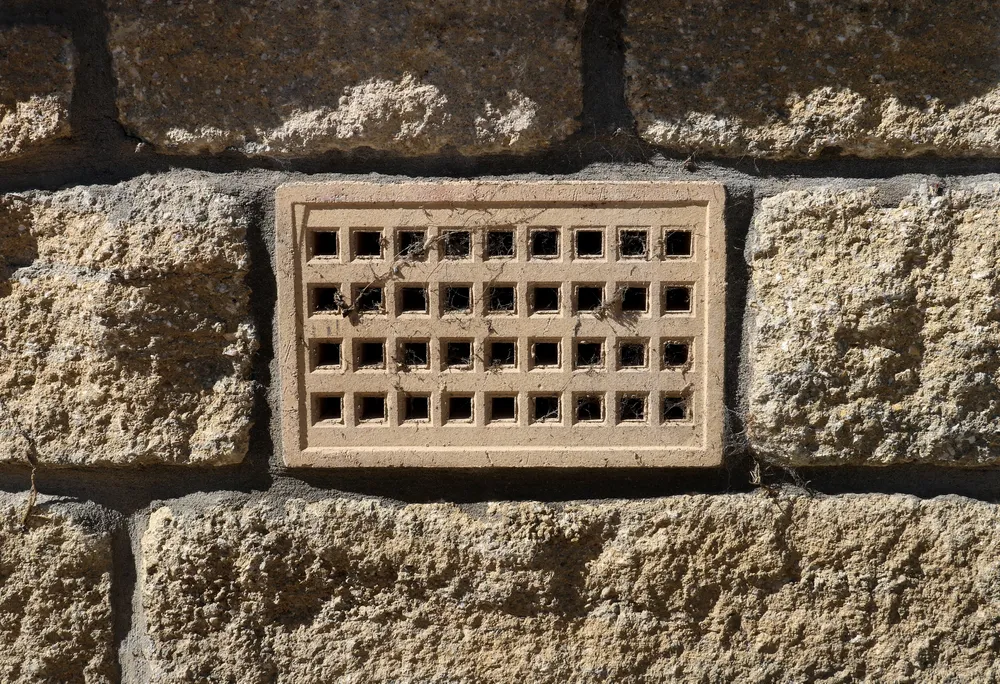Crawl spaces in U.S. homes play a crucial role, holding essential systems like plumbing and electrical wiring. However, they often face moisture and mold issues. Ventilation, once a go-to solution, is now a subject of debate among building professionals.
Grasping Crawl Space Ventilation
Initially, airing out crawl spaces was deemed necessary to keep them dry. Since the 1980s, this notion has been challenged, particularly in humid climates, as it might actually exacerbate moisture issues.
The Ventilation Dilemma
The choice to ventilate a crawl space involves considering various factors such as climate and architectural design. Ventilation might contribute to mold growth, wood deterioration, and can impact the air quality inside your home, as well as energy consumption.
Complications with Ventilated Crawl Spaces
Challenges with ventilated crawl spaces encompass:
- Mold and Wood Rot: Damp air in cooler crawl spaces can lead to mold and wood rot.
- Water Intrusion: Vents can allow rainwater to enter, especially during heavy downpours.
- Energy Inefficiency: Vents might result in heat loss during winter and loss of cool air in summer, increasing energy expenses.
- Pest Access: Vents can become entryways for pests.
Alternative Ventilation Strategies
Options other than traditional venting include:
- Sealing and Encapsulation: Applying vapor barriers to cover the crawl space.
- Moisture Control with Dehumidifiers: Employing dehumidifiers to reduce humidity.
- Conditioning with Indoor Air: Using air from the living areas to stabilize the crawl space environment.
The Role of Ventilation Fans
The efficiency of crawl space ventilation fans varies. In humid areas, they can inadvertently pull in moist air, aggravating the dampness.
Adhering to IRC Standards for Crawl Space Ventilation
The International Residential Code (IRC) sets standards for residential construction, including crawl space ventilation:
IRC Section R408.1, Ventilation Requirements:
This section mandates 1 square foot of vent space per 150 square feet of crawl space. If a vapor barrier is utilized, the requirement is 1 square foot per 1,500 square feet. Vents should be distributed near each corner to ensure effective airflow.
Crawl Space Vent Types (Section 308.2):
Vents must be at least 1 square foot. Acceptable materials include various metals, cast-iron grills, brick vents, hardware cloth, and wire mesh. Vents can have movable louvers if a vapor barrier is in place.
Non-Vented Crawl Spaces (Section 308.3):
The IRC allows for crawl spaces without vents if specific conditions are met, such as circulating air from the conditioned area of the home into the crawl space. This requires an air-circulating device capable of moving at least 1 cubic foot of air per 50 square feet of crawl space.
Additionally, the crawl space must be thoroughly sealed with a vapor-retarding material, ensuring that the material overlaps up against the foundation walls with sealed seams. All crawl space walls should also be insulated according to the regional climate’s R-value requirements.
Detailed Ventilation Specifications
For example, if your home has a crawl space of 900 square feet, the IRC dictates that you need 6 square feet of ventilation. This could be achieved with six 1-foot by 1-foot vents or three 1-foot by 2-foot vents. However, if a vapor barrier is implemented, the requirement decreases substantially, necessitating far fewer vents.
Regular Crawl Space Maintenance
Frequent inspections are vital for maintaining a healthy crawl space. Warning signs include musty smells, visible mold, humidity fluctuations, and pest presence. Seeking professional advice ensures customized care for your crawl space.
FAQs
Best Practices for Crawl Space Ventilation?
The ideal approach depends on local climate conditions and your specific crawl space. Sealing and dehumidification are often more effective than traditional ventilation.
How to Identify Ventilation Problems?
Telltale signs are musty odors, apparent mold, changes in indoor humidity, and pest infestations.
Effectiveness of Ventilation Fans?
Their effectiveness varies; in humid areas, they can exacerbate moisture problems.
Alternatives to Traditional Ventilation?
Sealing the space, deploying dehumidifiers, and circulating indoor air are viable alternatives.
Inspection Frequency?
It’s recommended to inspect your crawl space annually, or more often if you have encountered moisture issues previously.
Conversion from Vented to Sealed Crawl Space?
Converting a vented crawl space into a sealed one is possible, but it should be professionally executed to ensure effective moisture control.
Conclusion
Crawl space ventilation is a pivotal aspect of home maintenance and building science, including considerations for concrete lifting. While traditional venting methods are being reevaluated, it’s vital to understand specific needs and comply with local IRC guidelines.
Consulting with professionals like Alpha Foundations ensures you receive expert advice and solutions tailored to your home’s crawl space requirements.

